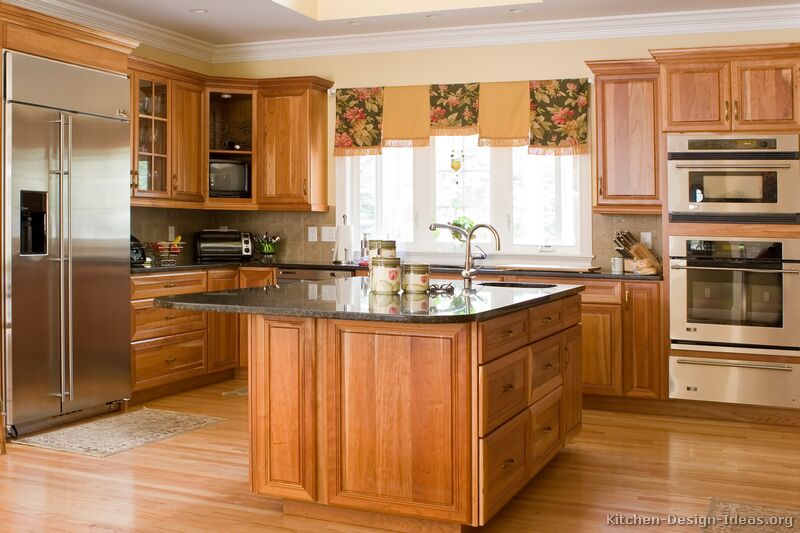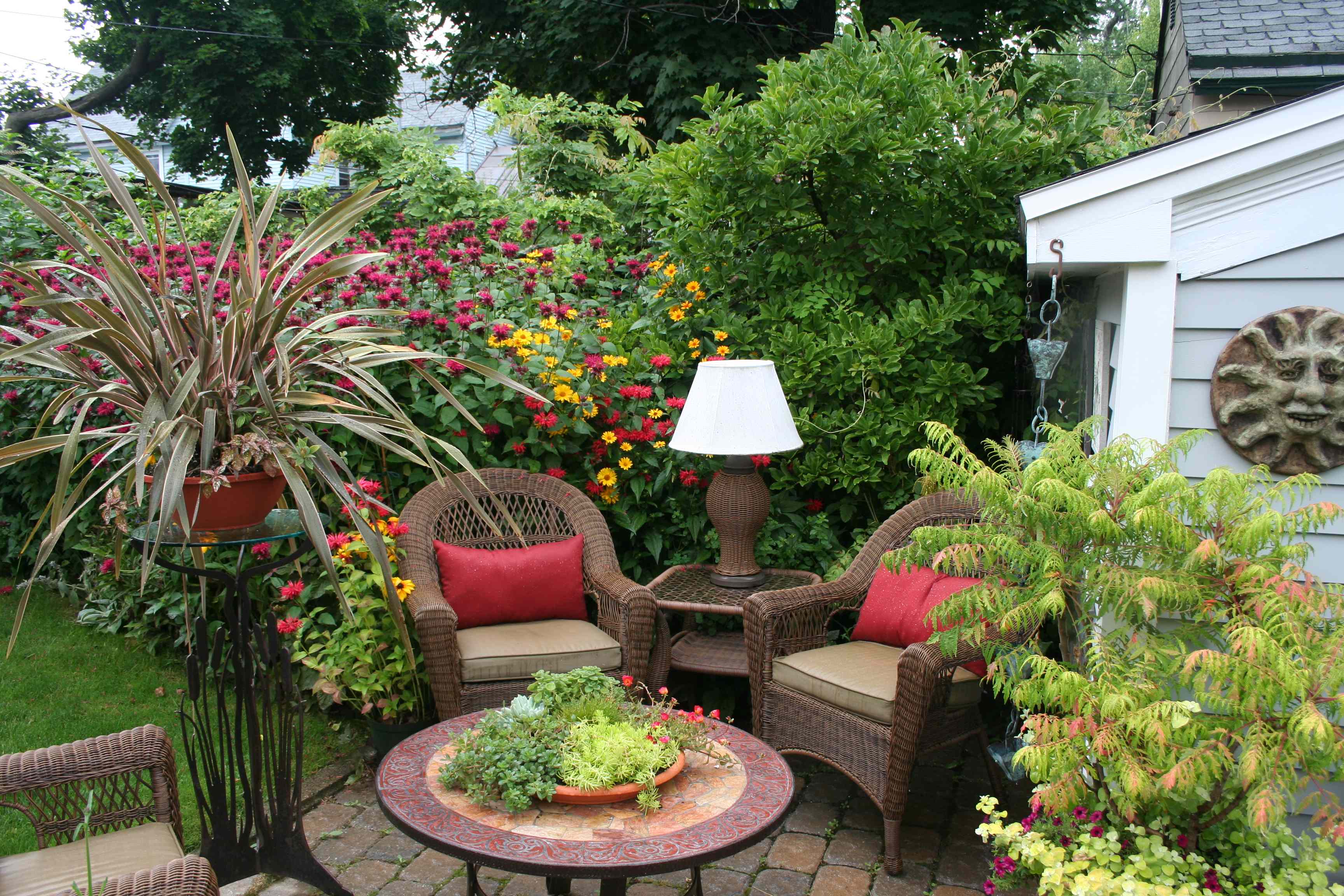
While wood floors are made from "dead" trees, the flooring reacts to temperature and humidity changes inside your home as if it were alive. Your skin reacts to low humidity. So does wood flooring. High humidity and high temperatures affect your skin. These conditions also affect your wood floors. What is comfortable for you is also ideal for your wood floors.
It doesn't matter if your wood floors are solid wood, engineered wood, or laminate. It doesn't matter if the wood is oak, mahogany, or bamboo. It doesn't matter if the wood is nail ed down, glued down, or floating. Regardless of the installation method, all wood flooring absorbs or loses moisture as conditions change slowly or rapidly inside your home.
Every wood flooring manufacturer only allows their products to be installed indoors, with a stable, maintained environment. This means that, in order for the wood flooring to perform as designed, the temperature and humidity conditions inside of your home must be kept continuously within a certain range. This range varies slightly depending on the manufacturer and type of wood flooring. Generally, the required range is between 60-80 degrees with a relative humidity range of 35 percent to 55 percent. Wood floors don't like sudden indoor changes. So what happens if you don't maintain the temperature and humidity within these requirements?
As I said, wood shrinks and grows with the weather. If a wood floor is installed in a home that sees wide fluctuations in temperature and humidity, it reacts accord ingly. When the humidity jumps, the floor will swell and expand. Wood floors are installed with gaps around the edges (covered with baseboards) to allow for some expansion. The gap along each wall is usually equal to the thickness of a board. But if the humidity really jumps quickly, the floor can Best Remodeling Company In Houston expand beyond these expansion gaps. Just think about it. Let's say the boards are each 5" wide and your room is 15' across. So you have 36 boards across the room. If each board swells 1/16", the entire floor grows more than two inches! The gap on each side of the room is probably 1/2" or less. That means a total planned expansion of 1" in each direction. If your floor gains an inch beyond the existing gaps, where does that extra wood go? Up! You wind up with a buckled floor. It's like walking on a trampoline. So what, you say. Once the humidity drops the floor should shrink back to its original si ze. Not so fast. It may shrink back, all right. But the Best Remodeling Company In Houston edges of
each board are now crushed. They are permanently damaged. Once the floor shrinks,
you may see gaps between the boards.
And what happens when the humidity drops quickly? The floor shrinks! You may see gaps suddenly appear along the sides or ends of the boards. The boards themselves may split or crack in the centers or at the ends, or both. This damage is also permanent. Rising humidity w ill not remove the splits, although some gaps may disappear.
To add insult to injury, none of this damage is covered by the flooring warranty. It is your responsibility to make sure you have a stable environment in your home.
When you bought your wood flooring, did anyone ask you if your home has air conditioning? A humidifier? A dehumidifier? All of these devices are needed to keep your home within the required temperature/humidity ranges as stated in your warranty. Does every wood floor fail because the inside temperature/humidity levels greatly fluctuate? No. Do wide temperature/humidity swings greatly increase the odds of flooring failure? Yes. If your wood floor self-destructs because of a rapidly changing indoor environment the blame, unfortunately, falls on the homeowner.
If you are a "snowbird" and leave your home unoccupied for weeks at a time, don't turn the heat down low. You could come home to unhappy wood floors. If you go away on a long summer va cation, leave the A/C on. Otherwise, the inside of your home could resemble a swamp. That is no "vacation" for your wood floors.
Remember, when your skin feels good inside your home, your wood flooring feels good, too!
http://www.huffingtonpost.com/glenn-revere/how-does-your-homes-indoo_b_5556419.html

 13 Things Experts Won't Tell You About Weight Loss
13 Things Experts Won't Tell You About Weight Loss 13 Things Your Real Estate Agent Won't Tell You
13 Things Your Real Estate Agent Won't Tell You